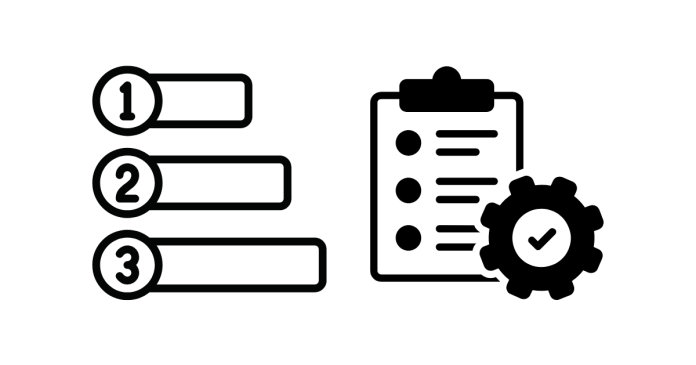Lexicographical order is a method of arranging words, strings, or other sequences in the same way as they appear in a dictionary. It is often referred to as dictionary order. In this order, sequences are compared based on the position of their elements in a predefined order, such as the alphabetical order for letters.
Key Features of Lexicographical Order:
- Character-by-Character Comparison:
- The sequences are compared one character (or element) at a time.
- The first differing character determines the order.
- Shorter Strings Precede Longer Strings:
- If one string is a prefix of another, the shorter string comes first.
- Order Based on ASCII/Unicode Values:
- Lexicographical comparison is often based on the ASCII or Unicode value of the characters.
- For example, in ASCII:
'A'(65) <'B'(66)'a'(97) >'Z'(90)
Examples of Lexicographical Order:
- Strings:
apple banana cherry - With Uppercase and Lowercase (Case-Sensitive Comparison):
Apple Zebra apple banana- Uppercase letters come before lowercase letters.
- Numbers as Strings:
12 123 2- When treated as strings, “2” comes after “12” because it is compared character by character.
Lexicographical Order in Programming
Most programming languages provide ways to sort strings or arrays in lexicographical order.
Example in Python:
words = ["apple", "banana", "cherry", "Apple"]
words.sort()
print(words)
Output:
['Apple', 'apple', 'banana', 'cherry']
Example in Java:
import java.util.Arrays;
public class Main {
public static void main(String[] args) {
String[] words = {"apple", "banana", "cherry", "Apple"};
Arrays.sort(words);
System.out.println(Arrays.toString(words));
}
}
Output:
[Apple, apple, banana, cherry]
Applications of Lexicographical Order
- Sorting Strings in dictionaries, text processing, and databases.
- Comparing Strings in search algorithms and data structures like trees or tries.
- Organizing Data in user interfaces or filesystems.



